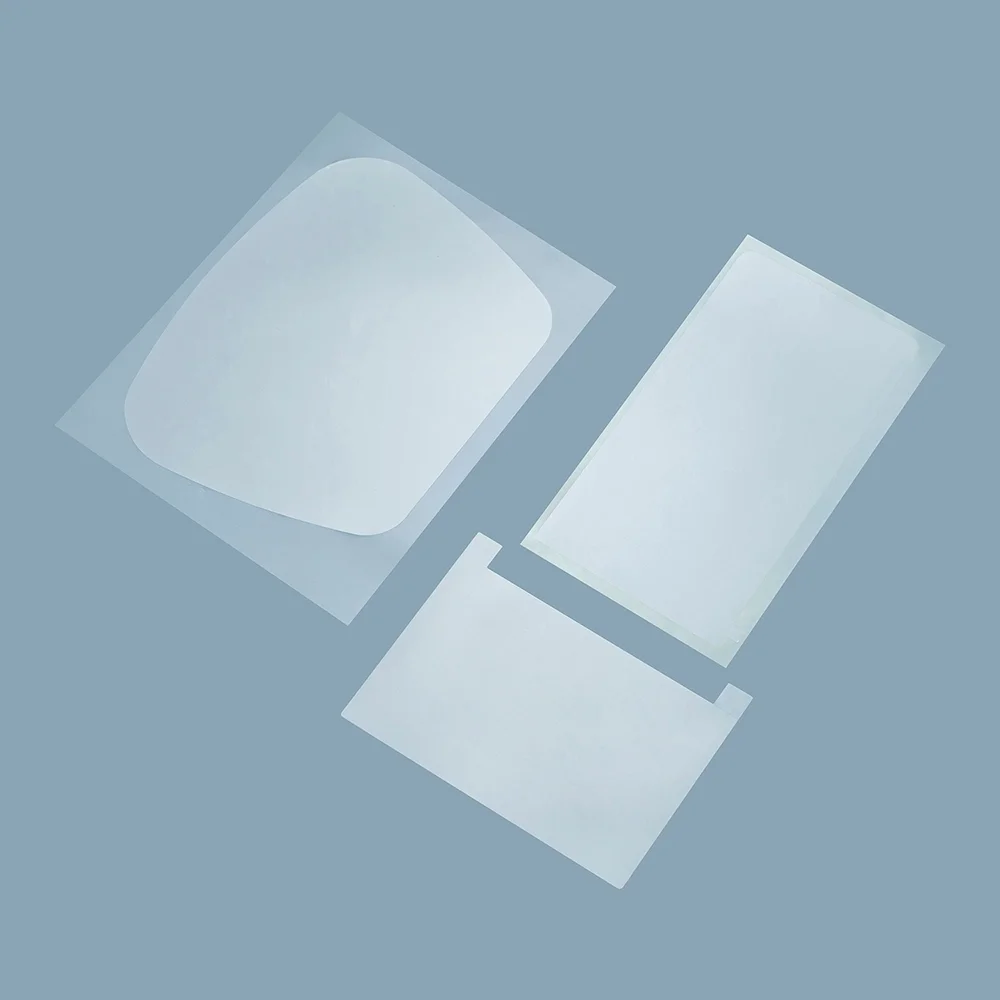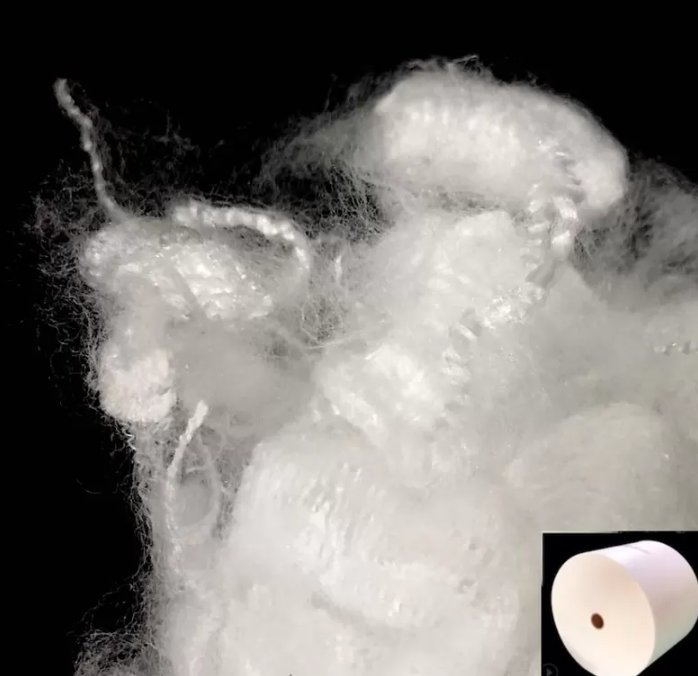Unveiling the Spectrum: The Rarest Diamond Colors and Their Allure
Diamonds have long captivated humanity with their brilliance and beauty, but among the myriad of colors they can exhibit, some are exceedingly rare and sought after. Understanding what constitutes the rarest diamond colors not only enriches our appreciation for these gemstones but also informs collectors and investors about their value in the market. In this article, we will delve into the fascinating world of colored diamonds, exploring the rarest hues, their formation, and their significance in the gemological landscape.
The Color Spectrum of Diamonds
Diamonds are primarily known for their colorless variants, but they can actually be found in a spectrum of colors, ranging from the familiar yellow and brown to the more exotic blues, greens, and pinks. The Gemological Institute of America (GIA) categorizes diamond colors based on their hue, tone, and saturation. While most diamonds exhibit some degree of color, the rarest colors are those that are vivid and saturated, often with unique undertones.
The Rarest Diamond Colors
- Red Diamonds: Arguably the rarest of all diamond colors, red diamonds are so scarce that only a handful of them have been graded by gemological laboratories. Their color is attributed to a unique atomic structure that causes a phenomenon known as graining, which gives them their striking hue. The Moussaieff Red Diamond, weighing 5.11 carats, is one of the most famous examples, fetching astronomical prices at auctions.
- Blue Diamonds: While not as rare as red diamonds, blue diamonds are still exceptionally uncommon. Their color comes from the presence of boron during their formation. The Hope Diamond and the Blue Moon Diamond are iconic examples, both known for their deep blue hues and rich histories. The rarity of blue diamonds is further emphasized by their high demand, often leading to significant price tags.
- Green Diamonds: Natural green diamonds are rare due to their unique formation process, which involves exposure to radiation deep within the Earth. The color can range from faint to vivid, with the most sought-after being the intense green variants. The Dresden Green Diamond is a historical piece that showcases the allure of this color.
- Pink Diamonds: Pink diamonds have gained immense popularity in recent years, particularly in the luxury market. Their color is believed to result from a distortion in the crystal lattice structure. The Argyle mine in Australia was once the primary source of pink diamonds, but its closure in 2020 has made these gems even more coveted. The Pink Star Diamond, a 59.60-carat gem, holds the record for the highest price ever paid for a diamond at auction.
- Violet Diamonds: Among the rarest colors, violet diamonds are often overlooked. Their color is a result of the presence of hydrogen during formation. The color can range from light to deep violet, with the latter being particularly rare. The unique hue of violet diamonds makes them a fascinating addition to any collection.
Factors Influencing Rarity and Value
The rarity of a diamond color is influenced by several factors, including the geological conditions during its formation, the presence of trace elements, and the overall demand in the market. For instance, the closure of the Argyle mine has significantly impacted the availability of pink diamonds, driving their prices to new heights. Additionally, the grading of colored diamonds is more complex than that of colorless diamonds, as it involves assessing hue, tone, and saturation, which can further affect their market value.
The Investment Potential of Rare Colored Diamonds
Investing in rare colored diamonds can be a lucrative endeavor, but it requires a keen understanding of the market and the factors that influence value. As more collectors and investors seek to diversify their portfolios, the demand for rare diamonds continues to rise. However, potential buyers should conduct thorough research and seek expert advice to navigate this niche market effectively.
Conclusion
The world of colored diamonds is as complex as it is beautiful, with the rarest colors holding a special place in the hearts of collectors and investors alike. From the elusive red diamonds to the captivating pinks and blues, each hue tells a story of geological wonder and human fascination. As we continue to explore the depths of this gemstone's spectrum, we uncover not only their aesthetic appeal but also their potential as valuable assets in the world of luxury and investment. Understanding what makes these colors rare is essential for anyone looking to appreciate or invest in these extraordinary gems.







